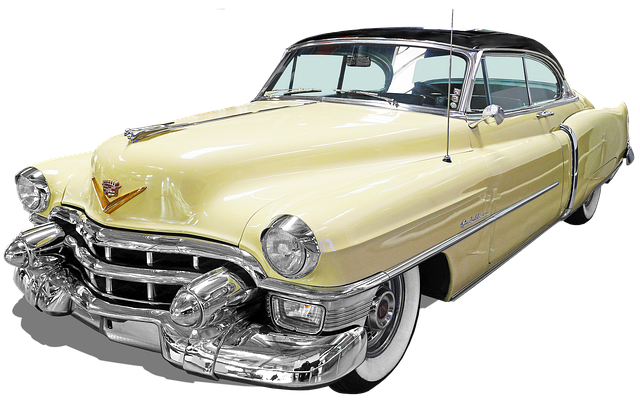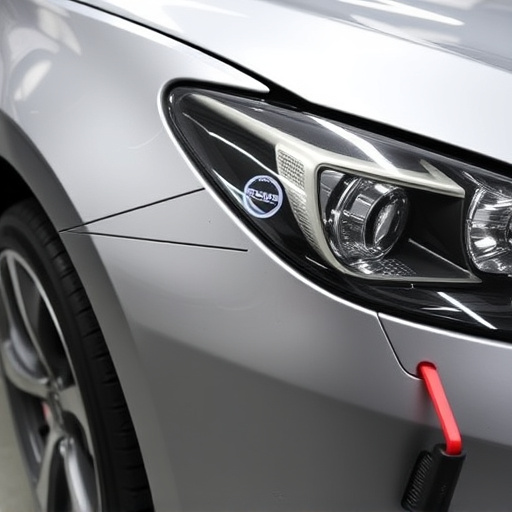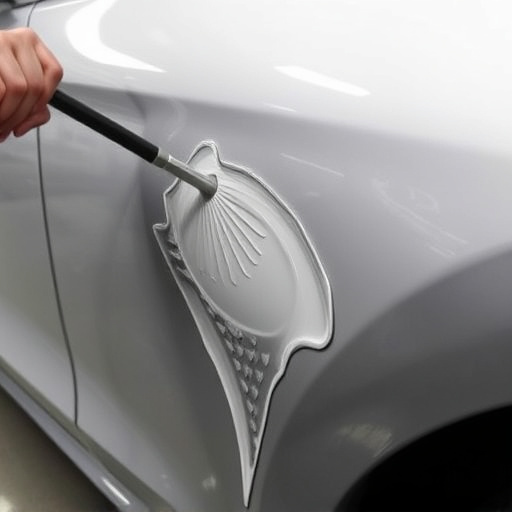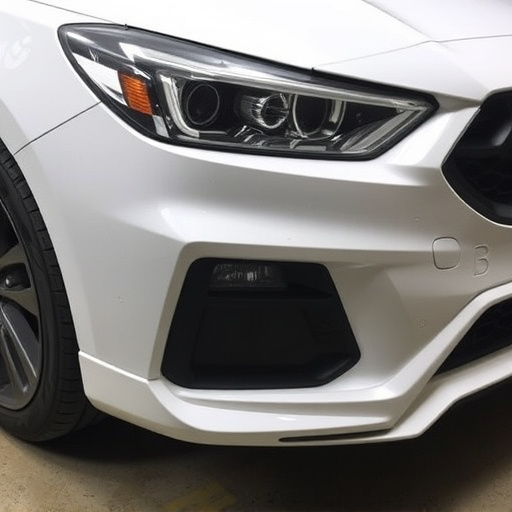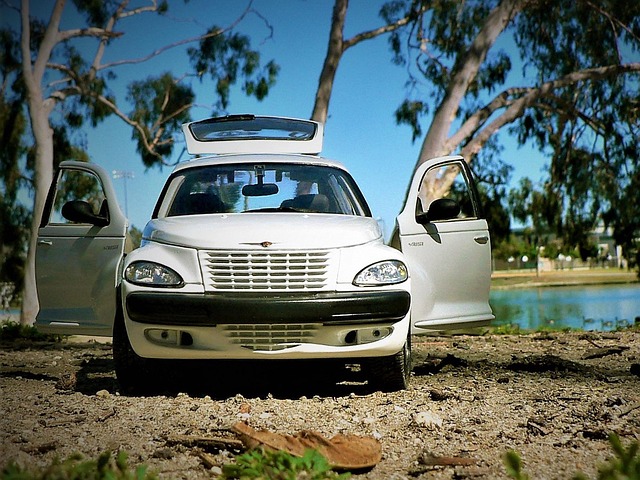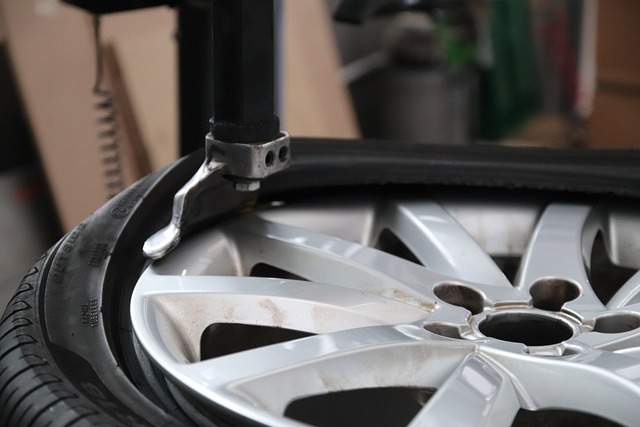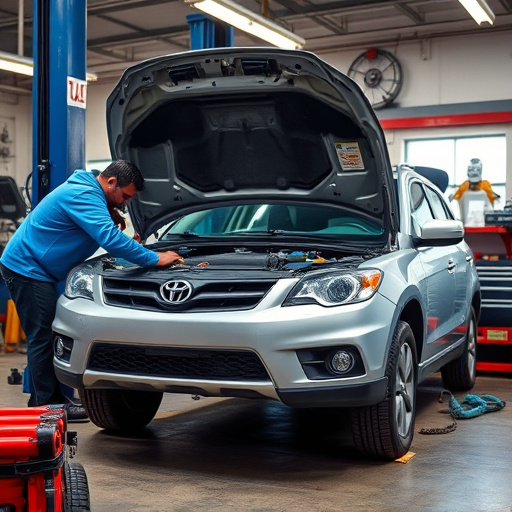Many drivers overlook the need for professional paintless dent removal (PDR) for minor to moderate exterior car dents, opting instead for DIY kits with limited success. PDR uses specialized tools and skilled technicians to accurately assess and repair damage without disturbing the original factory finish, preserving the vehicle's aesthetic value. Ideal for shallow dents with minimal deformity and intact paint, PDR saves time, money, and maintains vehicle resale value compared to traditional body shop repairs. Always consult a professional to determine the best approach for specific dent removal needs.
Are you noticing unsightly dents on your car’s body? While minor to moderate dents can often be addressed with DIY methods, there are signs that indicate it’s time to seek professional paintless dent removal (PDR) help. This article guides you through recognizing suitable dents for PDR, understanding when at-home kits fall short, and exploring the numerous benefits of enlisting expert services. By understanding these cues, you’ll make informed decisions to restore your vehicle’s pristine condition cost-effectively.
- Recognizing Minor to Moderate Dents
- – Common types of dents that can be addressed with paintless dent removal (PDR)
- – Visual cues and location-specific considerations for determining suitability of PDR
Recognizing Minor to Moderate Dents

Many drivers often overlook minor to moderate dents on their vehicle’s exterior, assuming they can easily fix them themselves. However, these seemingly small imperfections may require professional paintless dent removal techniques rather than a quick DIY solution. Recognizing these dents is crucial; they might appear as shallow indentations, faint creases, or even subtle bulges on your car’s panels. While some people attempt to address them with over-the-counter kits, the effectiveness of such methods can be limited.
Professional paintless dent repair services are ideal for addressing these types of dents because they utilize specialized tools and trained technicians who can accurately assess and treat the damage without disturbing the original finish. Unlike traditional auto collision repair methods that may involve repainting or extensive body work, paintless dent removal techniques preserve the car’s factory finish, ensuring a seamless and pristine look once the repairs are complete.
– Common types of dents that can be addressed with paintless dent removal (PDR)

Paintless dent removal (PDR) is an effective solution for various types of dents and scratches that mar your vehicle’s exterior. This non-invasive technique is especially useful for minor to moderate damage, such as bird droppings, small stones or debris impacts, door dings, and edge cracks. PDR is a highly skilled process where trained technicians use specialized tools to gently work the dent out from behind the panel without damaging the factory finish or painting the car.
Unlike traditional body shop repairs that often involve extensive sandblasting, filling, and repainting (known as car collision repair or vehicle dent repair), PDR preserves the original factory paint job (car paint services). This not only saves time and money but also ensures your vehicle retains its value and sleek appearance.
– Visual cues and location-specific considerations for determining suitability of PDR

When evaluating whether paintless dent removal (PDR) is the right choice for your vehicle’s dents, visual cues and location-specific considerations play a crucial role. PDR is most suitable for shallow, relatively small dents that are not deeply ingrained or located in sensitive areas like door panels, fenders, or hoods. Dents that have been properly assessed by a professional will show minimal deformity when viewed from various angles. The paint surface should be intact, without chips or cracks, indicating that the dented area can be restored without compromising the vehicle’s original finish.
Additionally, consider the accessibility of the dent. PDR requires specialized tools and techniques to reach and manipulate the dent from behind the paintwork. Dents hidden by trim pieces, tight corners, or complex curves may be better served by traditional vehicle body repair methods. In such cases, a professional mechanic or body shop will be able to assess whether PDR is feasible and recommend the most effective approach for dent removal, ensuring your vehicle’s aesthetics and value are preserved.
If your vehicle has minor to moderate dents that don’t require a full repaint, paintless dent removal could be the ideal solution. By understanding the types of dents suitable for PDR and recognizing visual cues, you can make an informed decision. Remember, professional PDR techniques ensure precise, seamless repairs without compromising your car’s original finish, making it a cost-effective and efficient choice for restoring your vehicle’s aesthetics.

